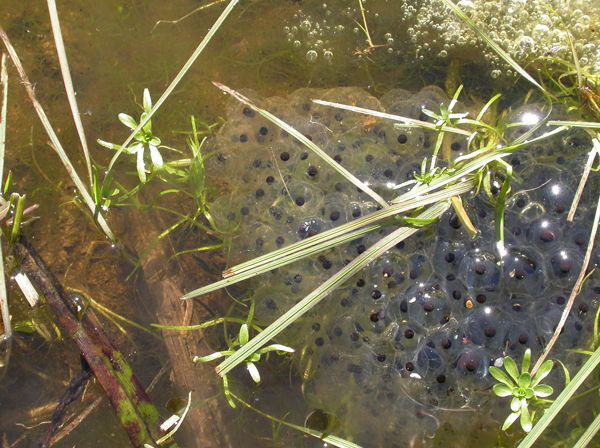Last updated: February 7, 2020
Article
Methods for Estimating California Red-legged Frog Populations

USGS / Gary Fellers
December 2017 - Wildlife population trend estimates offer important information to managers, but individual animals can be difficult and time-consuming to find, track, and identify. As a result, there are challenges with how many sites can be monitored and the quality and quantity of the data collected.
A recent article delved into this dilemma by looking at the difference between labor-intensive capture-mark-recapture studies and less time-consuming egg mass surveys for federally threatened California red-legged frogs (Rana draytonii). The study, which included 13 years of monitoring data from Point Reyes National Seashore, examined trends in R. draytonii abundance at a known breeding pond. By comparing abundance estimates from egg mass surveys to that derived from capture-mark-recapture studies, the authors concluded that egg mass surveys can be an efficient and reliable method for monitoring population trends for this species. Furthermore, egg mass counts from 2000 to 2012 indicated that the breeding female population was generally stable or increasing. “Population Trends, Survival, and Sampling Methodologies for a Population of Rana draytonii” is available from the Journal of Herpetology website.
